Are you dehydrated? More than 80% of the population who seek medical help for a chronic problem are dehydrated* . We are made of water, water allows circulation, life... Are you drinking enough?
There's a simple test to check if your body is well hydrated: pinch the skin at the base of your knuckles and see how long it takes for your skin to return to its normal shape. For a hydrated body, the response should be a fraction of a second, while for a dehydrated person, the delay is longer.
Symptoms of dehydration*:
- dark yellow, smelly urine
- pasty mouth
- when constantly clearing the throat and larynx (also noticeable in children)
- constantly tired
- restless sleep
- frequent headaches
- frequent cramps
- more acidic body fluids
- sudden wrinkles and sagging skin
- easily developed dermatoses
- inflammatory state
One protocol for adequate rehydration is to drink a glass of water every hour (set an alarm to help) for three days.
On average, an adult should drink one cup of water per 20 pounds of body weight*.
Here is the Laurier-Pierre* protocol to reach 8 cups (to be adapted to needs and weight):
- drink 2 cups when you get up
-
eat (in my case I eat liquid too :)
- 90 minutes after eating, drink another cup and another 90 minutes before lunch
- 90 minutes after eating, drink another cup and another 90 minutes before dinner
- 90 minutes after eating, drink another cup and another 90 minutes before going to bed
Obviously, you can drink more if you are thirsty.
Basically, a rehydration protocol = drink water!!! Dr. F. Batmanghelidj's suggests a water cure to maximize hydration of the inside and outside of cells . In general, drink half your body weight in water per day. What?? If you exercise or live in a drier climate, drink more. To ensure that water gets into the cells, take a hint of salt with the water: water drunk without salt feeds the water outside the cells. To bring the water inside them, we use a vehicle, salt. For every 2 cups of water, we take 1/8 teaspoon of sea salt before drinking the water: put the salt in the mouth and drink the water afterward, preferably 30 minutes before a meal. Salt increases the concentration of ions in the extracellular fluid. Since there is an imbalance between the inside and the outside, an osmosis process is simulated in order to balance the presence of ions on both sides.
Ions are the electrolytes (calcium, magnesium, chlorine, sodium, potassium) essential for nerve transmission, muscle contraction, and maintaining fluids in the body. Salt plus water = the original energy drink!
To return to the protocol, take salt and water in the morning, then lunch 30 minutes later. Drink water 2 hours later and so on, always with the salt before. What type of salt? Himalayan, Celtic or fleur de sel. Sea salt contains less sodium than table salt and when our diet is balanced and we do not have kidney or heart disease, our body eliminates excess salt.
Be aware that you will be going to the bathroom more often! Then the body's cells will replenish with water and urinary function will be restored.
Know that the body's thirst signal is the same as the one used for hunger. So at the beginning of dehydration, the body signals thirst through several symptoms, for example: dry lips, headaches, dizziness... If we don't respond to the body's need for water, the body simply turns its back on us: hunger feels insatiable since it's the same signal gland. This is when the symptoms worsen: constant back pain, sudden stabbing pain in the hip, severe migraine...
When we rehydrate completely, the thirst signal returns. The body is a fickle organism!
I really liked Laurier-Pierre Desjardins who, during his appearance on my show Vive, mentioned that we take medication with water: "what if the magic element was water?"
* Principles of yoga therapy by Laurier-Pierre Desjardins
















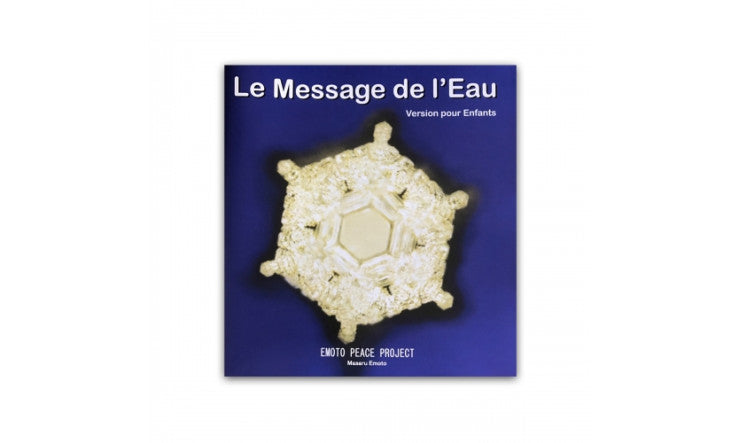

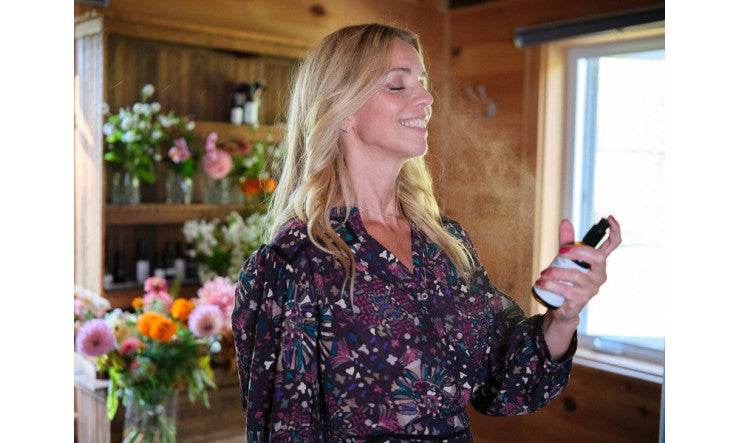





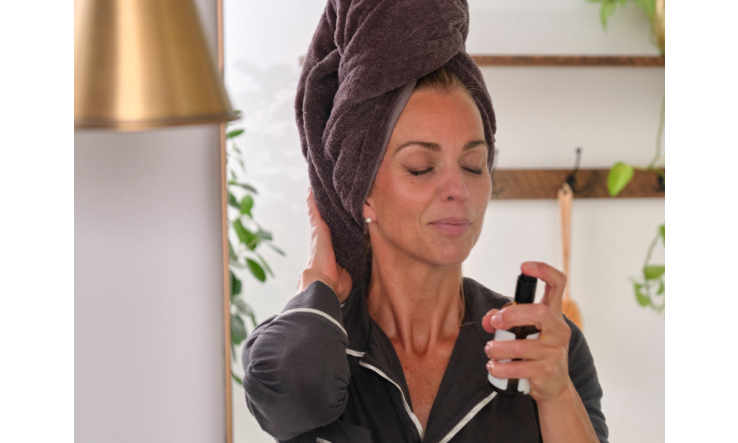

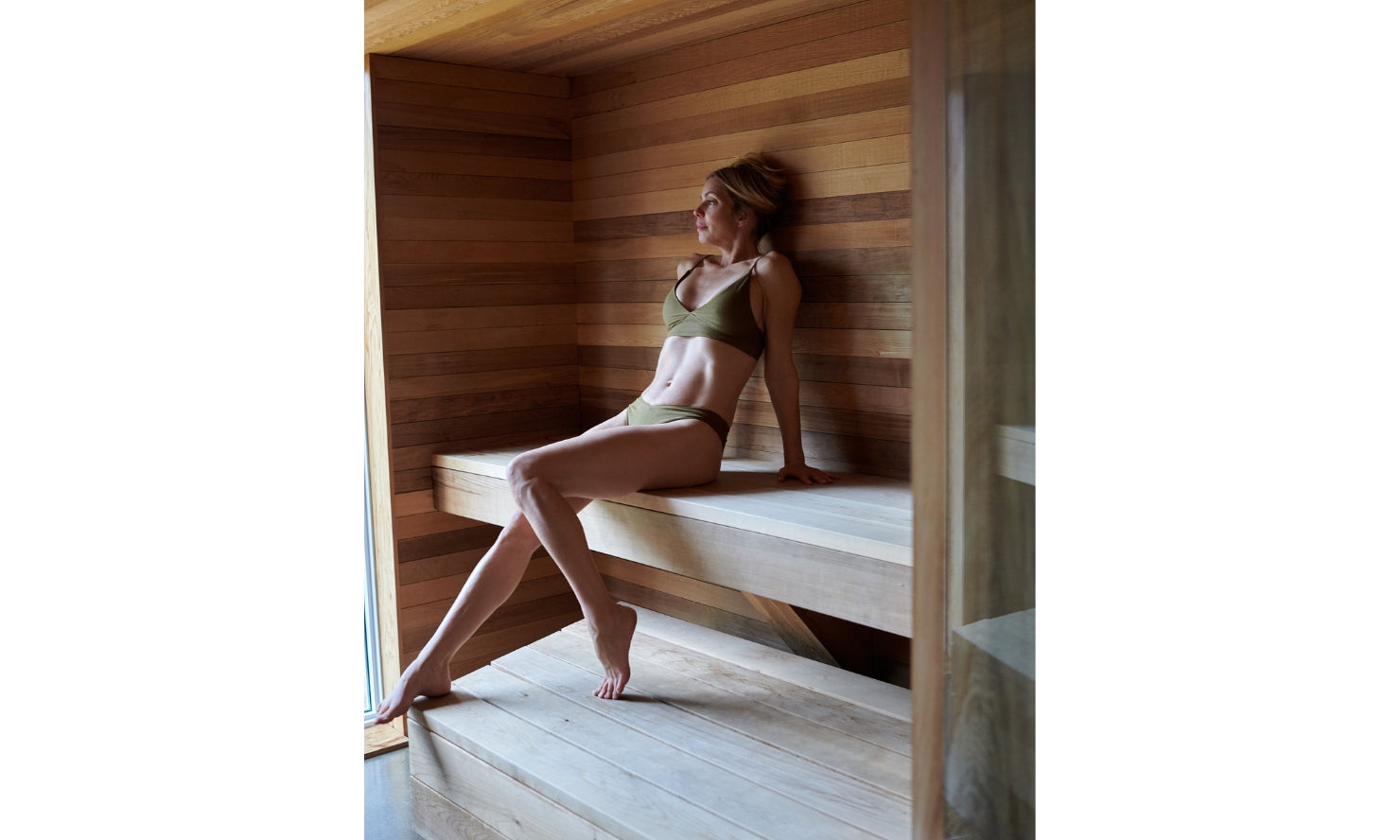



























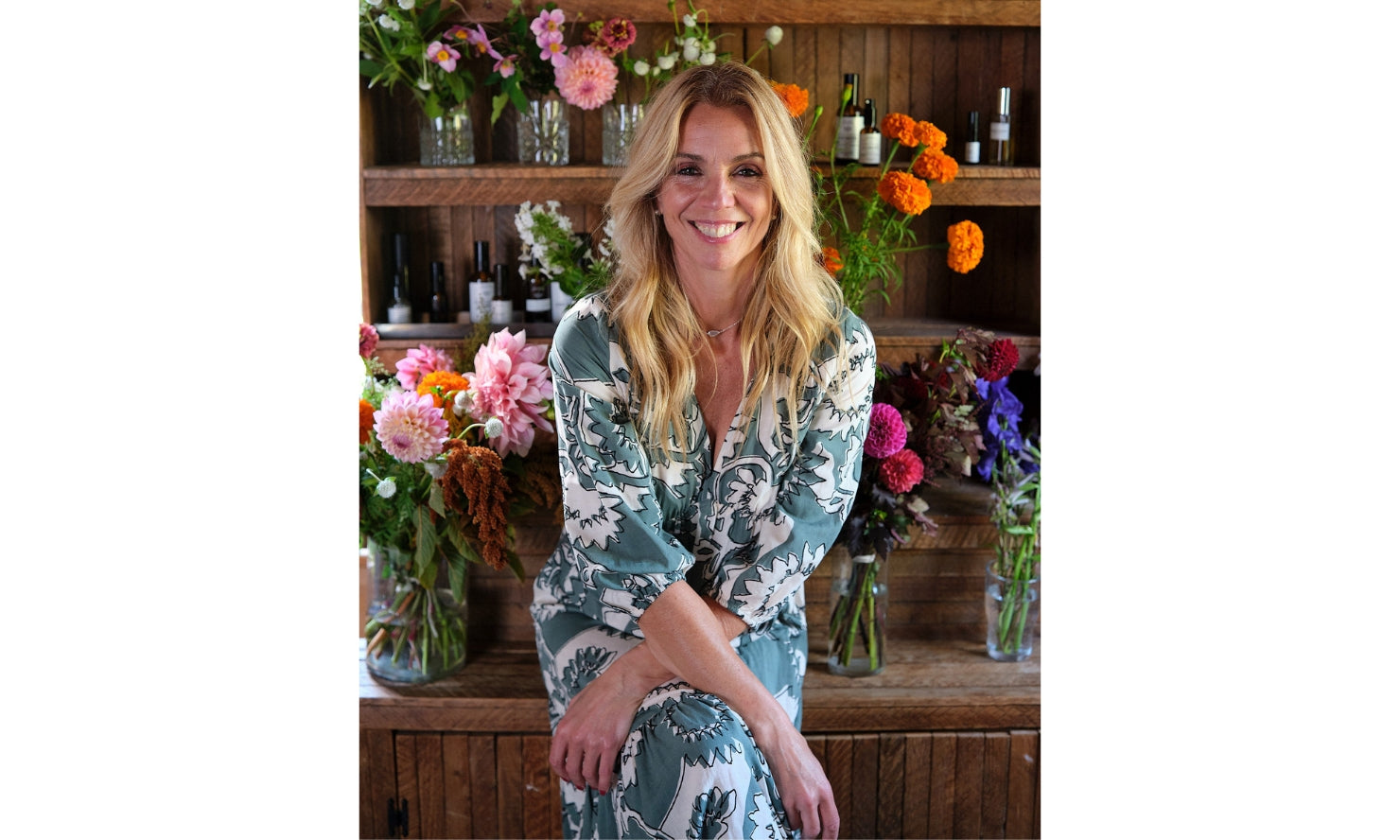

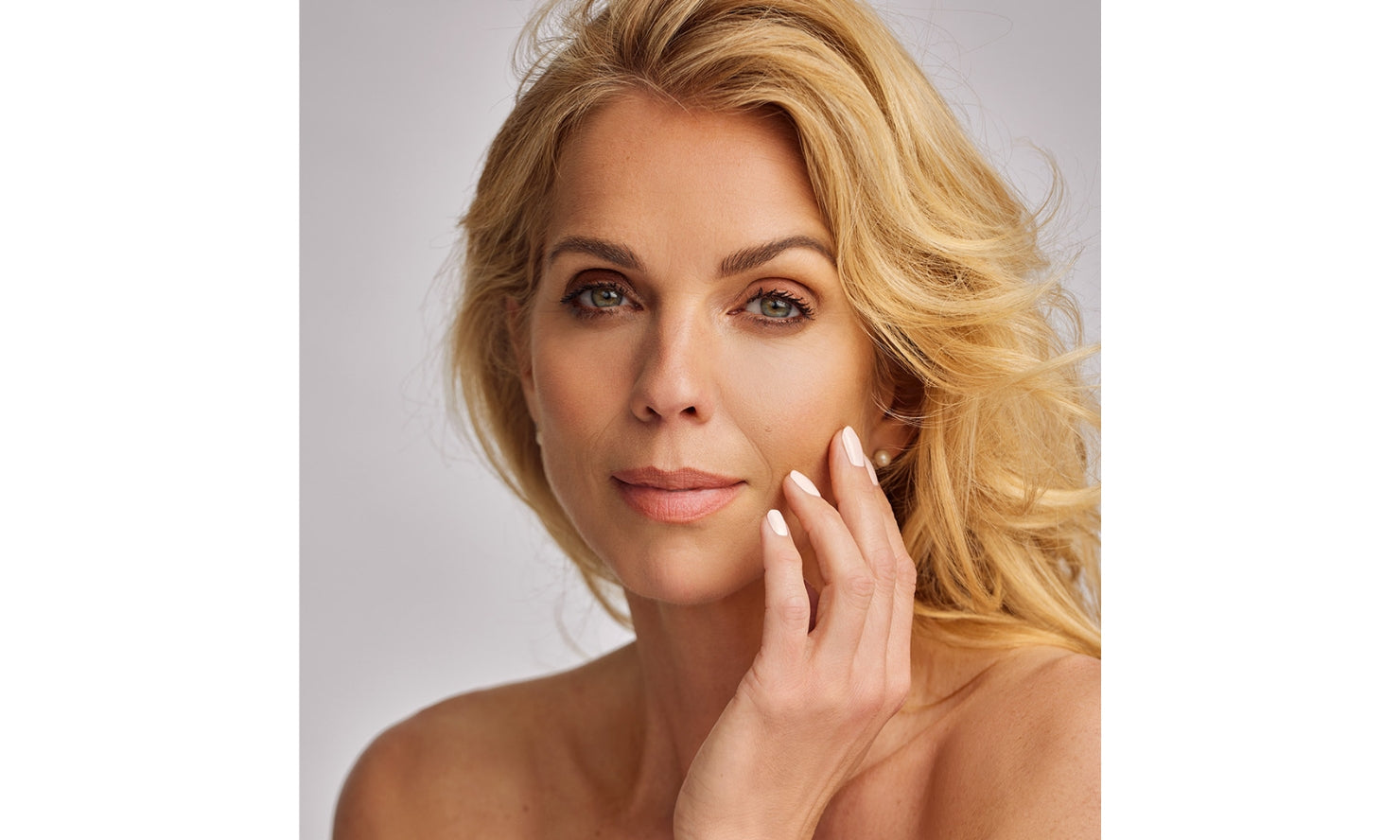









Leave a comment